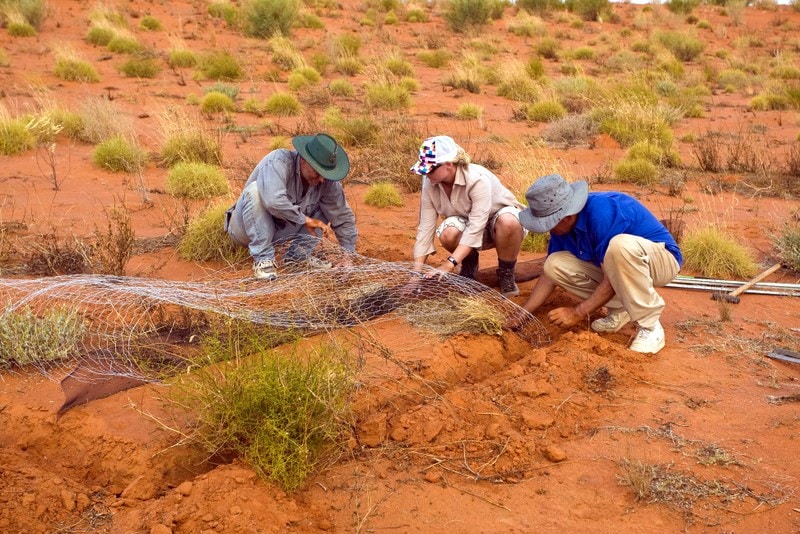Let’s face it, sometimes fieldwork just doesn’t go to plan. Thankfully, however, there’s an exciting new modelling solution, called MARSS, that allows users to investigate incomplete datasets caused by missing values. Join us as we talk to the scientists who have tested MARSS modelling using a 22-year-long TERN dataset.
Even the most organised scientists probably had moments when their ecosystem research hasn’t gone to plan. Maybe you got caught in an unexpected storm, your equipment broke or maybe, like TERN in the Top End recently, a bushfire burnt your site or your car got bogged. The fact that the Twitter hashtag #FieldWorkFail exists is proof that these things happen, often.

So, you’ve got a gap in your long-term dataset that looks problematic. Thankfully, however, a new modelling solution, called MARSS (multivariate autoregressive state-space) models, allows users to investigate incomplete datasets caused by missing values.
“In contrast to traditional modelling techniques, such as generalised linear models that only estimate error from environmental stochasticity (process error), MARSS models estimate both process and observation errors,” write University of Sydney’s Desert Ecology Research Group (DERG) in their Australian Zoologist critique.
MARSS modelling illustrated using 22-year-long TERN dataset
To analyse its applicability for long-term ecological studies, the DERG team have applied MARSS modelling to one of TERN’s long-term animal and plant datasets that contains missing values and was collected by multiple observers.
“Using MARSS, we successfully showed the spatial dynamics of sub-populations of one plant and six animal species at nine widely separated TERN-supported research sites across the 8000 km2 study region in the Simpson Desert,” says Aaron Greenville, lead author of the paper.

“The models coped with up to five years of missing surveys from some sites and we were also able to discover the influence of drivers, such as rainfall and wildfire, on the populations.”
“MARSS models are definitely useful tools for interrogating long-term time-series data and offer a way of dealing with the inherent issues of undertaking long-term research, such as fieldwork problems and observer errors.”
Regular data collection AND modern stats tools
Despite this positive review, Aaron is cautious and stresses that such modelling techniques don’t mean that we can stop or reduce regular ecological surveys. “MARSS modelling is just another tool in the long-term ecologists’ toolkit,” says Aaron.
“Long-term studies that monitor populations, population drivers or environmental variables at multiple sites across decades coupled with modern statistical approaches will allow us to gain a particularly deep understanding of how ecosystems operate and respond to environmental change.”
“But, it’s nice to know that the MARSS technique is there waiting when that #FieldWorkFail moment strikes!”
- The Desert Ecology Research Group (DERG) at The University of Sydney has, with TERN support, been working to understand the patterns and processes at work in arid Australia for over 25 years. In July 2018, DERG ecologists re-sampled the long-term sites in the Simpson Desert. Data from this recent survey trip will soon be combined with the decades of observations on Australia’s iconic arid plants and animals already available via the TERN Data Discovery Portal.
- Involved in long-term ecological research? Join us at a special workshop jointly hosted by TERN, the Ecosystem Science Council and the Ecological Society of Australia at the 2018 Ecological Society of Australia Coreference (ESA18) in Brisbane in November 2018, which will bring long-term ecologists together and offer a platform for collaboration and support from local and international organisations. For more information please email TERN’s Science Partnerships Manager, Angela Gackle or the Chair of the Ecosystem Science Council, Glenda Wardle.







